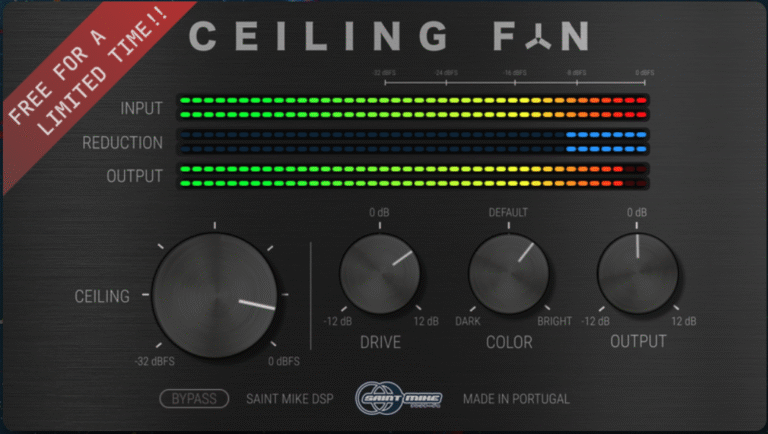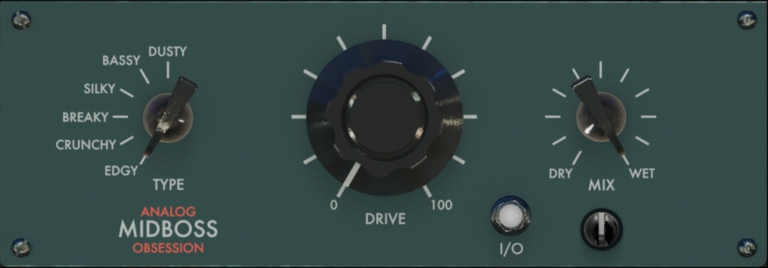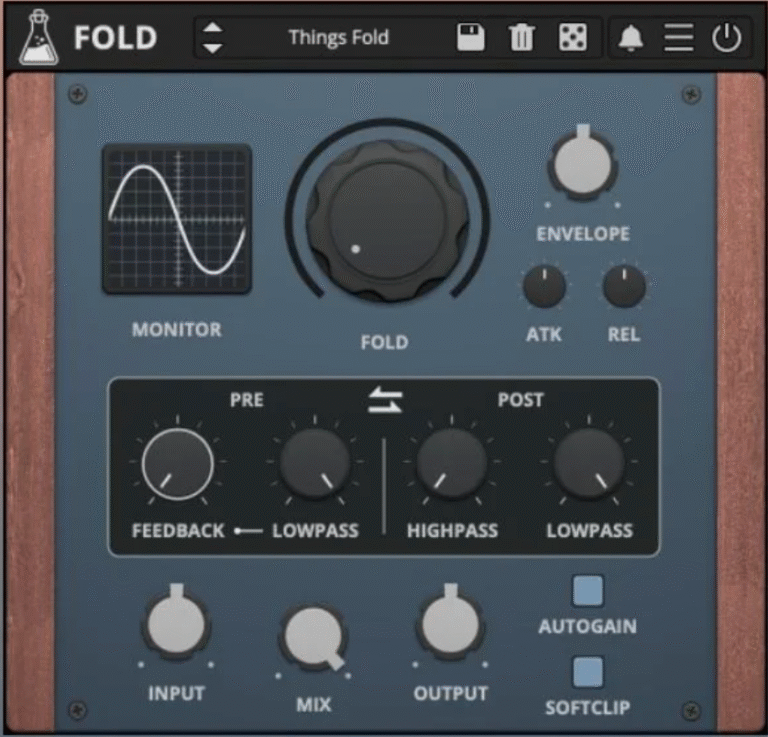Not All Compressors Are Unique: What Every Producer Should Know
You’ve probably heard that every compressor has its own character, its own musicality. Some are considered “magic,” worth hundreds or even thousands of dollars because of a particular flavor they supposedly add to your mix. But the reality is often different. Most compressors out there use the same basic algorithm, just with a different interface design.
Analyzing compressors carefully shows that many expensive plugins produce almost the exact same gain reduction, despite their claims. The differences are often more about visual design and interface aesthetics than true sonic uniqueness.
Examples from the Market:
- Presswerk and Compassion: Solid, musical, well-rounded compressors, but their core functionality is similar to many others on the market.
- TDR Molotok: Completely free, simple, and effective, though it’s more of a one-trick pony with a linear-type curve.
- Unisum: Often cited as one of the “best” compressor plugins, but on a standard drum loop it produces compression very similar to other well-known options.
- Kotelnikov (TDR): Free and precise, but honestly a bit boring, offering clean compression without any real character.
- Analog Obsession – LALA & FETish: Criticized for poor sound quality and a non-intuitive interface, sometimes causing compatibility issues.
- Blue Tubes: Many users reported that Blue Tubes plugins offer lower performance compared to other options on the market, with questionable sound quality.
- Molot (Vladg Sound): Free and initially aggressive and creative, but rough around the edges and not very versatile.
- Rough Rider 3 (Audio Damage): Criticized for its lack of subtlety and one-trick nature, with pumping compression that can be unpleasant in some contexts.
Even among high-end plugins, true sonic uniqueness is rare. Many plugins behave in similar ways, applying standard compression curves under different interface designs.
Why Testing Matters
Some argue that testing compressors with a single sine wave isn’t enough because it doesn’t reveal how a compressor reacts in a frequency- or program-dependent way. Using a more complex test signal—like a modulating square wave sweeping across the frequency range—can show whether a compressor responds differently at various frequencies. Surprisingly, many expensive plugins don’t react in a frequency-dependent way at all.
Key Takeaways
- Price ≠ uniqueness: expensive doesn’t automatically mean better or different.
- Interface can be misleading: what looks “vintage” or “high-end” may just be a standard compression curve.
- Test critically: complex signals reveal the true behavior of a compressor.
- Focus on your ears and creativity: great mixes come from your decisions, not the hype around a plugin.
Understanding how compressors actually behave allows producers to make smarter decisions, save money, and achieve better results in their mixes.




